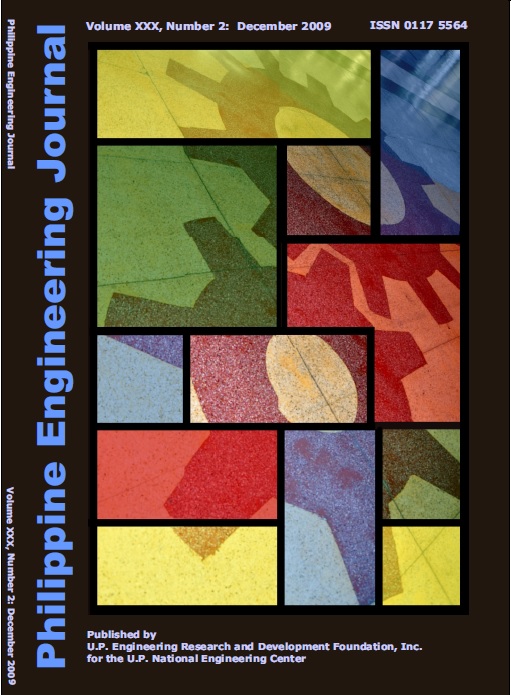Short Communications: Assessment of Philippine Coastal Vulnerability to Sea Level Rise Using RS and GIS: A Case Study of Bolinao, Pangasinan
Abstract
The Philippines is classified as one of the many countries in Asia highly vulnerable to the consequences of climate change. Bolinao, Pangasinan, a province located in northwestern Luzon, is composed of a number of coastal communities bounded on the west by the South China Sea. This body of water has exhibited varying sea level trends as verified by satellite altimetry data. Thus, an integrated vulnerability assessment is required to characterize the degree of risks and to evaluate the potential effects of future sea level rise to the communities affected. In this paper, barangays Luciente 1.0, Germinal and Concordia were studied. The Socioeconomic Vulnerability Index (SVI) is calculated based on population, age, gender, employment, source of income and household size gathered through a qualitative survey. On the other hand, the Coastal Vulnerability Index (CVI) is derived from recorded sea level anomalies from multiple satellite altimetry, coastal topography extracted from high resolution satellite images and terrestrial laser scanner data, tidal range, significant wave heights and geomorphology. Both indices are acquired and integrated using ArcGIS, and a Total Vulnerability Index (TVI) is obtained that categorized the three barangays into five classes, from very low to very high vulnerability.
Key words: Climate Change, Sea Level Rise, Coastal Vulnerability, Socioeconomic Vulnerability, Satellite Altimetry


